The 90s have etched a mark in time as some of the most iconic and creative years in the fashion industry.
Colour-coordinated Versace campaigns and melodic photoshoots by Steven Meisel created images that informed the fashion industry forever. With brash confidence and magnetic flare, the supermodels of the 90s captivated the world thanks to their medley of high-fashion glamour and model-off-duty swagger. In addition, the bond of supermodel sisterhood between some of the most recognisable faces such as Cindy Crawford and Naomi Campbell, hypnotised a generation.
No one stands out more, however, than Claudia Schiffer. Bountiful, shimmering blonde locks and smokey hazel eyes have come to make this supermodel one of a kind. Now she has stepped out from in front of the camera with her new book Captivate! In a richly illustrated volume, which accompanies her first ever curated exhibition, Claudia Schiffer brings together legendary fashion photographers, designers and supermodels, whose visions captivated and shaped the decade.
Filled with wistful fashion memories of a bygone era, Claudia Schiffer takes us on a nostalgic rollercoaster as we weave and turn through her memories along with iconic imagery. We caught up with her to talk about all things 90s, and the compilation of Captivate!
What do you think made the 90s so “captivating,” as you put it?
The 1990s was a watershed decade which witnessed the rise of style culture, the birth of the supermodel, and fearless creativity. Young designers, photographers, stylists, and art directors emerged as a driving force in visual culture and fundamentally changed the way we view fashion and design. There was also an incredible merging of fields across fashion, music, art, and entertainment which made the era dynamic and exciting – the impossible became possible.
In photography, there was a vast range of styles; the epic black-and-white romance of Peter Lindbergh and the sexy freedom of Ellen Von Unwerth, to the British-based David Sims, or Corinne Day and Mario Sorrenti in New York who championed imperfection, the everyday, and coined what became known as ‘dirty realism’. I really wanted Captivate! to highlight and capture the visual experimentation and freedom of expression.
What was the 90s like for the fashion industry and for you?
Fashion moved from the high-glamour perfectionism of the 1980s to the liberated, stripped back mood of the 90s. High mixed with low, street with couture – Chanel jackets with old Levi’s, body con Alaia dresses and sneakers, Marc Jacobs’ grunge or a Helmut Lang suit – fashion championed self-expression and it was individual, fun and cool.
Fashion photography meanwhile emerged as a highly influential and democratic art form, circulating on billboards, digital platforms, packaging, and in magazines. The boom was fuelled by the global appetite for fashion and the range of media, from MTV to legacy magazines including Vogue and Harper’s Bazaar as well as a new guard of style titles such as The Face, Self Service, i-D and V Magazine.
Patrick Demarchelier
Model: Christy Turlington, 1999 for Harper’s Bazaar
For me personally, it was a whirlwind: like being a rock star. You couldn’t get to your car unless a path was carved for you. People would cut holes into the fashion tents and try and take pictures of us. We had security at every fashion show to the extent that I even has someone employed to guard my underwear, which was constantly disappearing when I was out on the runway!
This period is well-known for having some of the most iconic imagery in the fashion industry, what do you think made that time so memorable, and those images so everlasting?
No fashion photograph can be called iconic at its conception. That status only comes with the test of time. Fashion photography is a great cipher of trends and dreams and, while born out of the moment, it can achieve a timeless status and capture a bigger story. For me, that was what was so exciting about the research for my book – pinpointing these amazing moments that still speak today. My mission in compiling Captivate! was to ‘capture’ the zeitgeist of the time, whether Lindbergh’s Born to Be Wild shoot for US Vogue in which the supermodels are pictured under the Brooklyn Bridge in leathers and biker boots, or Corinne Day’s portraits of Kate Moss for The Face that capture the spirit of rave culture.
Arthur Elgort, Models: Beverly Peele, Tyra Banks, 1993 for Vogue UK
©Arthur Elgort
How would you describe the relationship a model has with the camera, and therefore a photographer?
Fundamentally, there needs to be rapport between the model and photographer. As a model, you need to study a photographer’s work, a designer’s work and learn how to translate that vision in front of the lens. In Valentino you are transformed into a romantic heroine; in Versace into a siren; in Chanel into an effortlessly chic woman of the world.
What I learnt early on is that each photographer ‘sees’ in a different way. Helmut Newton was meticulous in every detail, and that is what gives his imagery such graphic strength. By contrast, Elgort is a master at capturing exuberance outdoors.
But the shoot itself is an intricate jigsaw of experts from all fields: photography, hair, makeup, location, set design, models, stylists, art directors, and editors. Afterwards, the magic happens in the darkroom; in the printing, retouching and layout. A captivating shoot is the result of great teamwork, and I so wanted to relate the notion of ‘team’.
What was the process behind curating the vast archive of images, and writing your own book?
Since the early years, I have collected fashion images – Helmut Newton, Richard Avedon, Peter Lindbergh, Herb Ritts and Ellen Von Unwerth included – and my personal collection forms the basis of the book. I drew on my own archive and experience, and began piecing together Captivate! like a giant jigsaw puzzle. It was incredible revisiting the magic of the era in the process.
What made it? What didn’t? The selection was totally driven by aesthetics. There were literally thousands of images to choose from and because I wanted to show the numerous formats of fashion photography in the pre-digital age – from fine art prints to Polaroids, contact sheets, fashion magazines, campaigns, and model cards – the selection was extensive. I wanted to also create strong contrasts between iconic cover shots, runway imagery, and candid backstage snaps.
I really wanted the book, and last year’s corresponding exhibition, to be a celebration of the breadth of creativity witnessed in the 90s, across the span of runway, campaigns, and fashion editorial.
How would you describe the aesthetic lens you gravitated towards when putting together the images, was there a pattern you followed?
I always asked myself, is this quintessentially 90s? Does the image truly represent the individual photographer’s eye? I also wanted to pay tribute to the teams of photographers, models, stylists, hair and makeup artists, and art directors that collaborated to make fashion happen.
What’s a funny memory from one of these photos that brings you the most joy?
One of the most amazing shoots was the Valentino campaign in Rome with Arthur Elgort. This shoot was the perfect example of how Elgort allowed stories to unfold in real life. The shot was based on Fellini’s iconic film La Dolce Vita, and I played the role of Sylvia. Throughout the day we attracted more and more attention until life finally imitated art: we were chased through the streets by paparazzi and crowds, just like Sylvia’s character in the movie. In one balcony scene, a crowd of people formed below and when I was directed to wave out at them, they responded by chanting my name. It was surreal.
Another favourite memory is from my time in Paris with German photographer Ellen von Unwerth, aged 17. We were both starting out and got on like a house on fire, just mucking around next to the Centre Pompidou in my own clothes. Later, Guess saw the pictures and wanted us both for a Guess Jeans ad campaign. That was the beginning; shortly afterwards Revlon rang asking me to be the face of its debut perfume for Guess. I remember flying around the US to every major city for signings in department stores that attracted huge crowds, and appearing on all the major TV shows from Jay Leno and Oprah to David Letterman. After the campaign tour, I returned to my apartment in New York near Central Park. One morning, sleepy eyed with bed head hair, I was in the elevator when a person entered and asked, “Are you the Guess girl?” I knew then my life had changed forever.
What’s exciting you about the current fashion industry?
The diversity in age, sexuality, shape, and race is an incredibly positive change and allows for a much broader, healthier scope of identification and representation. Taking into consideration the question of age, before the 90s, a model’s career would rarely last past her 30s and there was a constant turnover of faces. With supermodels, careers started to last longer as we became powerful brands in our own right. Now, models are working well into their 40s and beyond. That really points to a culture shift in representation, and gives a more rounded vision of womanhood as well as a vision of beauty at every age.
What image have you seen recently that really excited you?
Fuelled by the digital revolution and the explosion of new brands, fashion photography, imagery, and product is today omnipresent online, IRL and now in the metaverse. The array of talent is extraordinary, as is the diversity of expression working across all different mediums – from shoots to film to AR experiences. The smart phone has opened our eyes to the power of photography and visual story telling.
I find it fascinating that a new generation of image-makers are exploring and working with analogue processes as they move beyond the ‘instant’ world of digital to raise their artistry. Over the last 30 years, fashion photography has also become increasingly desirable and collectible. My own collection has certainly grown.
In recent years, Cass Bird and Zoë Ghertner, who take beautiful portraits of women of all ages, as well as Harley Weir, who is brilliant at capturing complex emotions, have really caught my imagination. Fine art photographer Collier Schorr is also a true original and I so admire the lucid, emotive work of Tyler Mitchell.
How would you describe your fashion aesthetic now?
I’d describe my personal style as quite instinctive. My everyday ‘uniform’ tends to be denim coupled with jumpers and blouses – or a tee in the summer – with great accessories. I love outfits that feel effortless, but that can take me from the school run to meetings, and onto dinner with friends.
I always want to invest in items that will be in my life for a long time. The environmental crisis has made me ever more aware of the lifecycle of clothes, and the incredible number of things that are needlessly thrown away. I am the kind of person that finds it difficult to part with things; I have a whole treasure trove from the 90s. Each piece is after all, a memory, so I want my daughters to wear my treasures.
If you could give advice to your younger self, what would it be?
Karl Lagerfeld, when I was starting out as a model, told me that I should just be myself and not worry about what anyone else wanted me to be. Throughout my career, I’ve cherished this advice and trusted my instincts. Your intuition is always right and the older you get the harder it is to listen; wisdom, opinions, and experience can get louder.
Another lesson is to learn from everyone around you and share your own knowledge. Fashion is filled with extraordinary minds and points of view so the education is rich and varied. I learnt so much from designers about the art of fashion, from photographers about what makes a great fashion image, and from stylists about visual story telling.
I’d also say don’t be scared to make mistakes as long as you always learn from them. Part of life is about falling and having the courage to stand up again. And finally, I’d say live in the moment and in today’s light, don’t angst about the future.

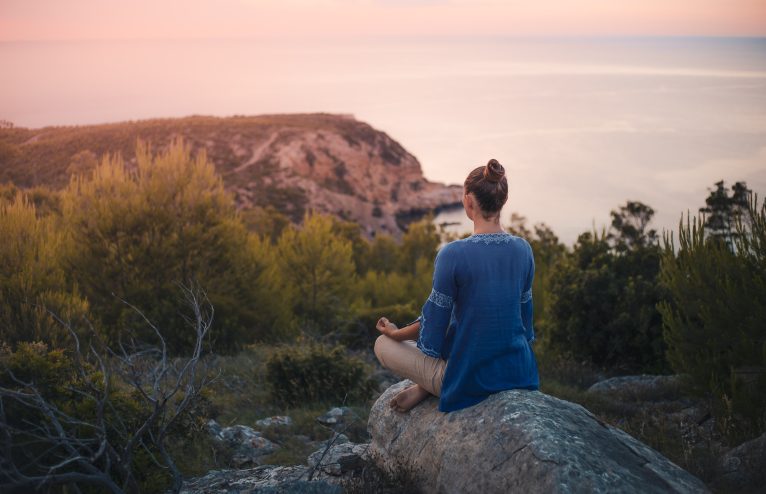
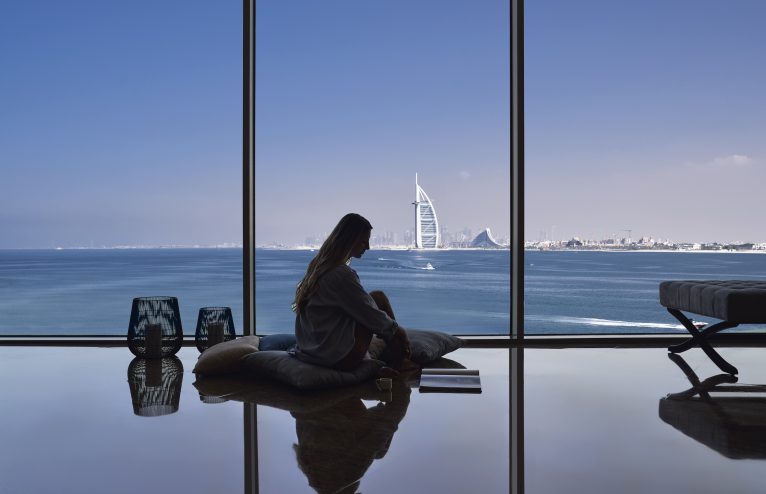

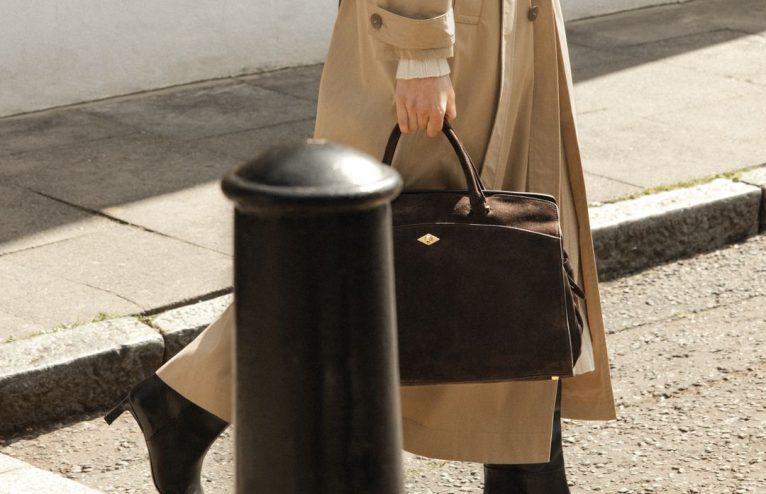


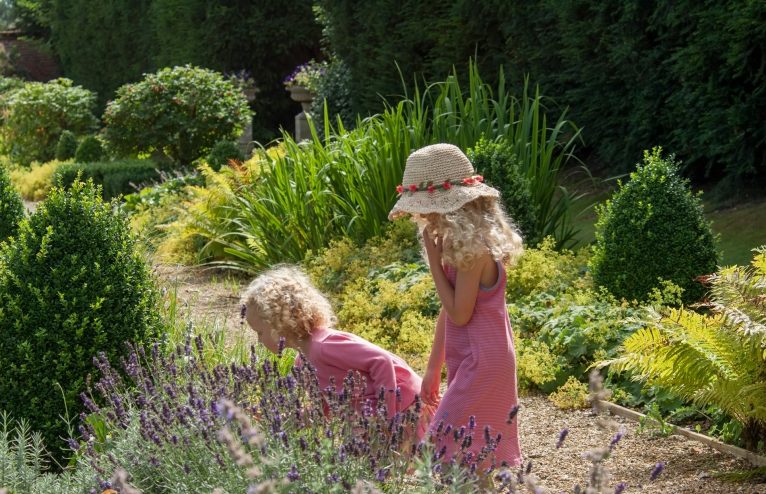










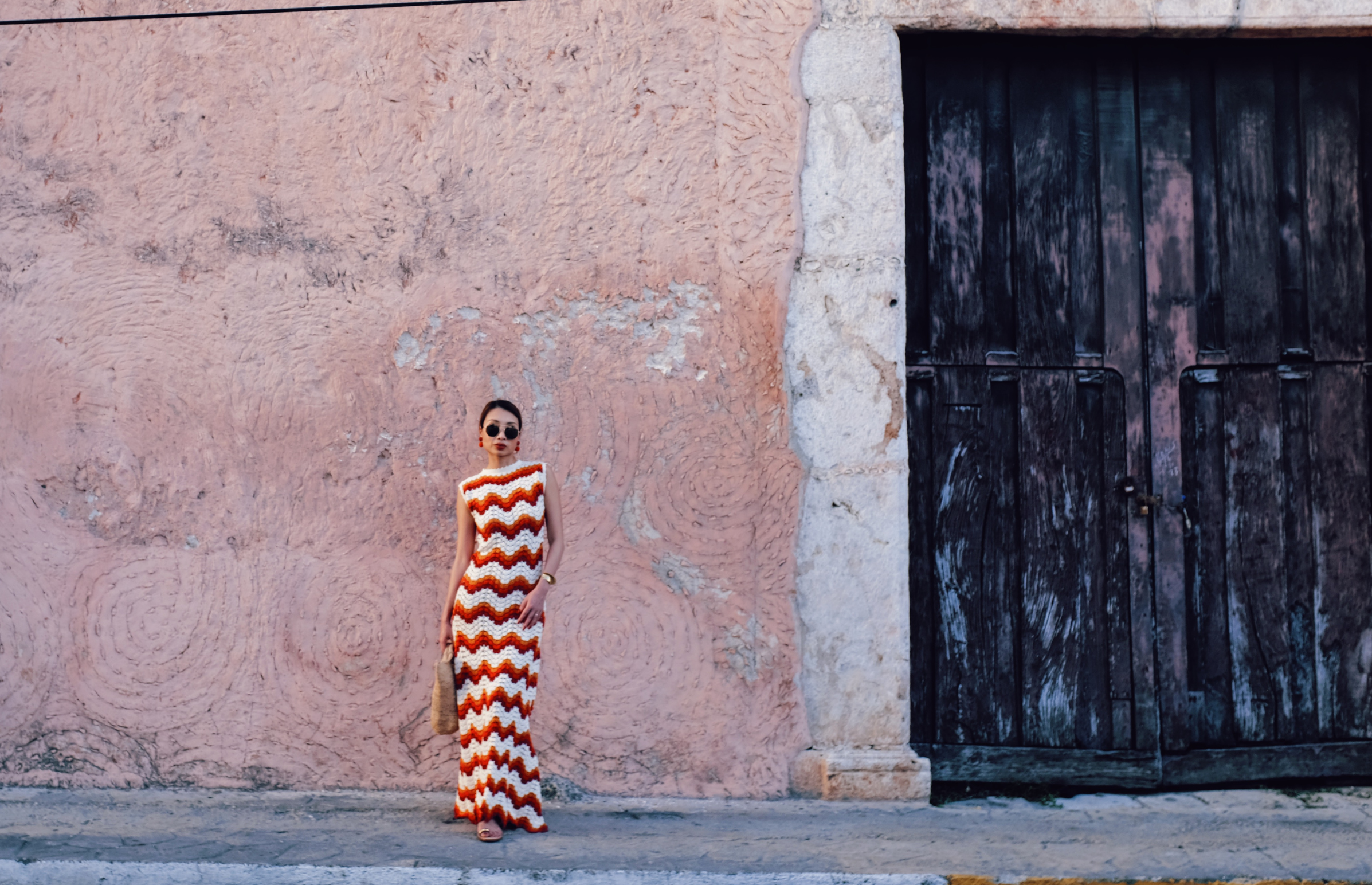
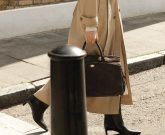
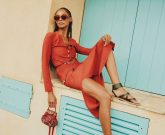
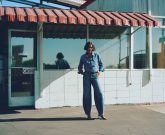
Any Questions or Tips to add?